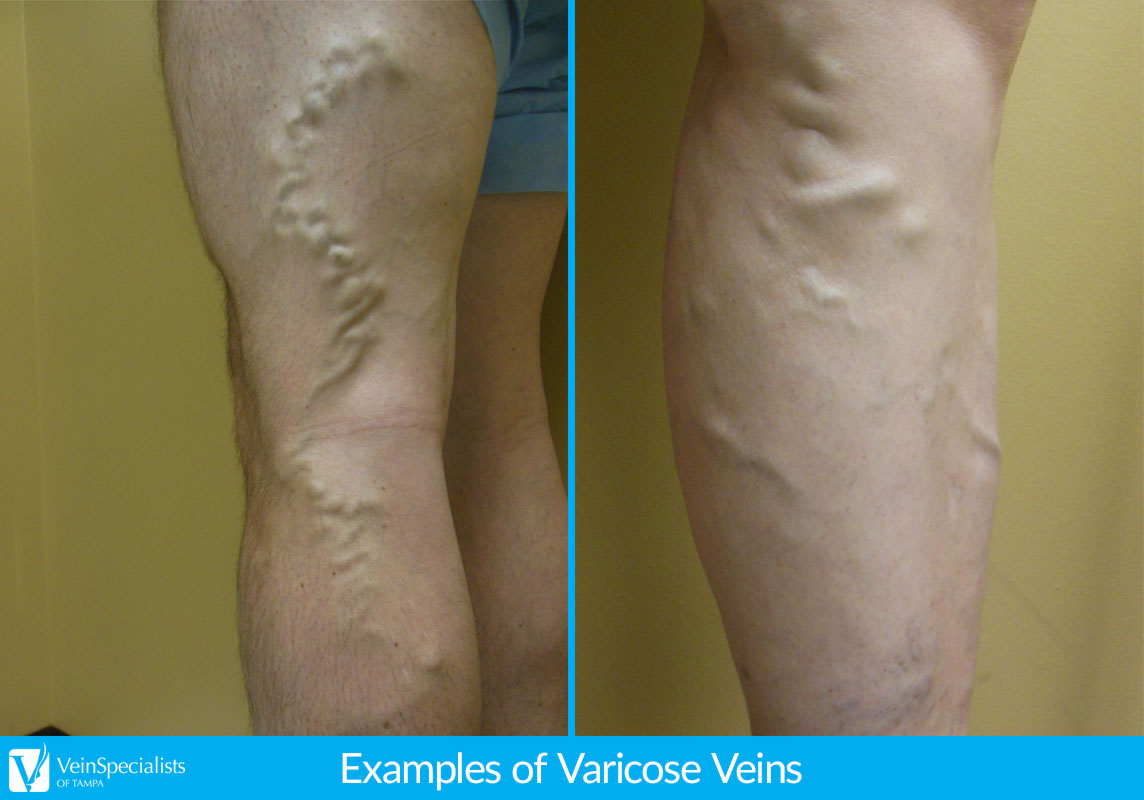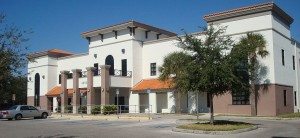I wish I could give my patients a simple answer to this question, similar to telling them that a Strep. bacteria caused their sore throat.
There is clearly a heritable (genetic) component to the development of varicose veins since the number one risk factor for development of varicose veins is having a first-degree relative with the same problem. Obesity and multiple pregnancies probably do not directly cause varicose veins, but often make them much worse in patients who are predisposed. Varicose veins turn out to be complex and it remains an open question as to which factors are most responsible for their development.
However, there are two strong possibilities:
Blood flow in our veins is dependent on both intact valves (within the veins) and the pumping function of our leg muscles that force the return of blood back to the heart against gravity. We believe that varicose veins involve the failure or collapse of these multiple and delicate one way valves that course within the major leg veins. These valves which are designed to keep blood that is squeezed by our leg muscles moving back to our heart, for unknown reasons, can actually fail or collapse. This failure of the valves is similar to an umbrella buckling backwards in a wind storm. When a number of these valves fail in series, gravity creates a backward transmission of blood flow and a higher blood pressure develops in these veins. The result is that the normal small vein branches of the leg are exposed to higher blood pressures and then enlarge. This higher vein pressure causes the “branches of the branches” to also enlarge until the large varicose vein branches push up under the surface of the skin and become visible. We know the blood in these visible veins moves very slowly back to the heart, if at all. This sluggish blood flow results in inflammation, pain, throbbing and blood clots and can result in the breakdown skin causing open wounds or ulcers.
A second possible explanation for the development of varicose veins is that the walls of certain veins in the leg just become weak. This change in the strength of the walls causes them to dilate or enlarge. Because of this enlargement of the major leg veins, the valves within these veins fail, but by a different mechanism. In this case, the valves are pulled apart by the enlarging vein walls and cannot meet or touch each other so as to keep blood flowing in one direction.
In either theory of varicose vein development, failure of these small and vital one way valves seems to be necessary. Whether the problem lies in the structure of the valve or the vein wall, it will have to be eventually clarified.
Regardless of how varicose veins develop, we can now treat varicose veins with office based, minimally invasive techniques. We advise in favor of these treatments which are covered by health insurance since the presence of varicose veins caries an increased risk for the development of both superficial and deep vein blood clots. Finally, varicose veins pose a sizable cost burden on the health care system and early, low cost treatment makes a lot of sense.




